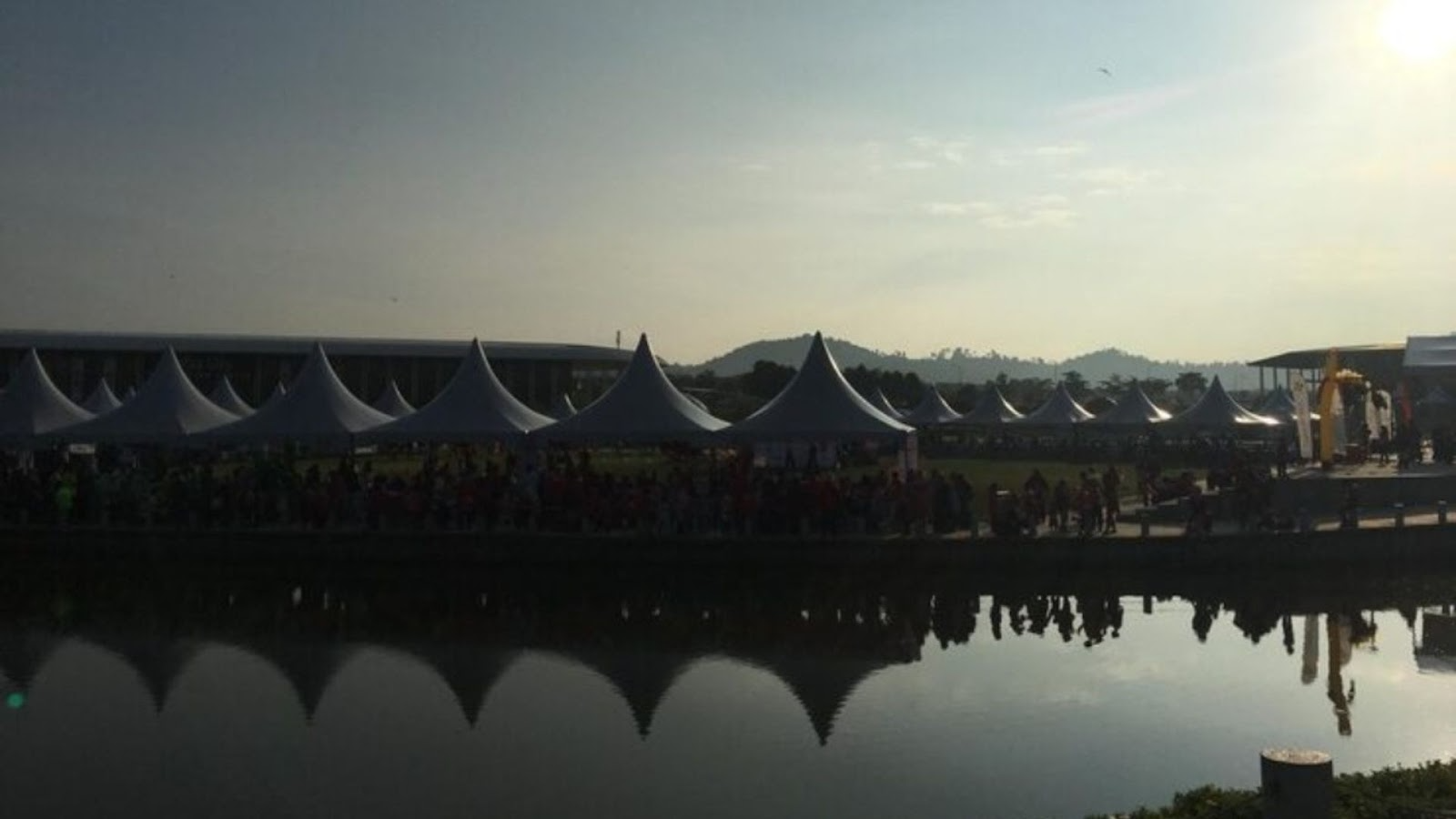In the cutthroat world of exhibition displays, trade expos, and other business events, standing out from the crowd is your first challenge in being noticed and remembered. There are many ways to showcase your brand presence as a business; tents and canopies may be the most versatile and effective means. A custom canopy gives you shade and shelter, but it also gives you a branded stage that acts as a platform for businesses to showcase their creativity, professionalism, and brand identity. Whether your display is for small community fairs, large expos, or outdoor trade events, just the right tent design will affect visibility, engagement, and experience for attendees.
Key Elements That Make Custom Tents Effective for Branding
Custom tents are not just a logo print; they should also portray a brand’s identity while keeping practical needs in check. Below are 5 significant components for custom tents that help create a branding mechanism:
1. Functional Layout and Design
The physical configuration of a tent fundamentally affects its success. While the canopy itself allows for visualization, the tent’s interior configuration has to make some sense to physically assist in making things happen. For example, a custom food booth at a trade show must include space for serving, storage, and customer space to create flow and comfort. Retail brands will need to thoughtfully arrange their products visually to make them stand out without overcrowding the larger tent. In a practical sense, a capable design should imagine how a brand can offer customer service while having an inviting and organized setup.
2. Strong Branding and Visual Identity
Tents are visual representations for brands, and the design should convey messages immediately. We must use logos, brand colors, brand taglines, and graphics to ensure visitors will remember the overall experience. With the advancement of high-resolution printing technology, the ability to customize a tent is limited only by the imagination, from huge wall graphics to tiny touches of custom graphics across the fabric on the canopy; the possibilities are endless. The goal is for people to recognize the tent from a distance while keeping it consistent with the company’s brand identity. If the tent is aligned to an established image, it creates a seamless link between what is happening in the park and any digital or print marketing opportunities.
3. Durability and Practical Utility
Outdoor events can be uncertain with many circumstances, including extreme sunshine and rain, or windy conditions. To ensure a custom tent can perform as required, it must be designed and branded with strong materials so that it can endure the environmental factors. Strong frames, water-repellent materials, and reinforced seams are a few things to consider. Beyond durability, things like air ventilation, ease of setup, and transportability increase the functionality of the custom tent. A durable structure can offer protection to staff and products while promoting your brand by showing professionalism and preparedness.
4. Interactive Features for Engagement
A tent offers far more than protection—it offers you an opportunity to engage with your audience. Properly set up touchscreen kiosks, demo areas, and sampling stations are excellent facilitators of interaction. Writing a name on a piece of paper—and the variety of ways to engage attendees when at your booth—creates an interactive process and encourages a memorable experience. Even experiences you can put together quickly, like comfortable sitting areas or a photo wall they can stand in front of, transform your booth into an engaging place that people want to come and visit. The point is to design an experience that is more participatory than informative, so your audience feels they have come away with a connected brand experience. If you are in a highly competitive trade show business, interactivity can differentiate you.
5. Adaptability Across Events
Trade shows and exhibitions can vary dramatically from one venue to another, which is why adaptability is key. A custom tent that can be resized, rebranded, or reconfigured for unique experiences offers flexibility of use for companies in the longer term. The benefit of modular housing, interchangeable graphics, and changing layouts means companies can use the same tent for everything from a small community event to a product launch to a premier exhibit at a global event. Adaptability means making sure that tents are a good investment while maintaining a consistent level of brand recognition across all platforms.
End Point
An effective custom tent is much more than a protective enclosure; it is a platform for brand identity, interaction, and professionalism. With the right layout, strong graphics, good materials, interactive elements, and the ability to temporarily arrange the tent to be both a display and a kiosk, businesses can create outdoor showcases that will challenge both the exhibitor’s and audience’s memories. When practicality and presentation marry, a tent can be more than an accessory to your brand; it can be a keystone for a powerful trade show strategy.
